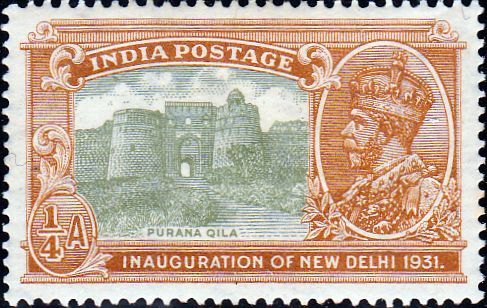The British Raj was the rule by the British Crown on the Indian subcontinent from 1858 to 1947. The rule is also called Crown rule in India or direct rule in India. The region under British control was commonly called India in contemporaneous usage, and included areas directly administered by the United Kingdom, which were collectively called British India, and areas ruled by indigenous rulers, but under British tutelage or paramountcy, called the princely states.
This system of governance was instituted on 28 June 1858, when, after the Indian Rebellion of 1857, the rule of the British East India Company was transferred to the Crown in the person of Queen Victoria (who, in 1876, was proclaimed Empress of India). It lasted until 1947, when it was partitioned into two sovereign dominion states: the Dominion of India (later the Republic of India) and the Dominion of Pakistan (later the Islamic Republic of Pakistan, the eastern part of which, still later, became the People’s Republic of Bangladesh in 1971).
At the inception of the Raj in 1858, Lower Burma was already a part of British India; Upper Burma was added in 1886, and the resulting union, Burma (Myanmar), was administered as an autonomous province until 1937, when it became a separate British colony, gaining its own independence in 1948.
Articles
Blogs
- British India Philately
- British India Postal Stationery
- British India Princely States & Block of Four Stamps







